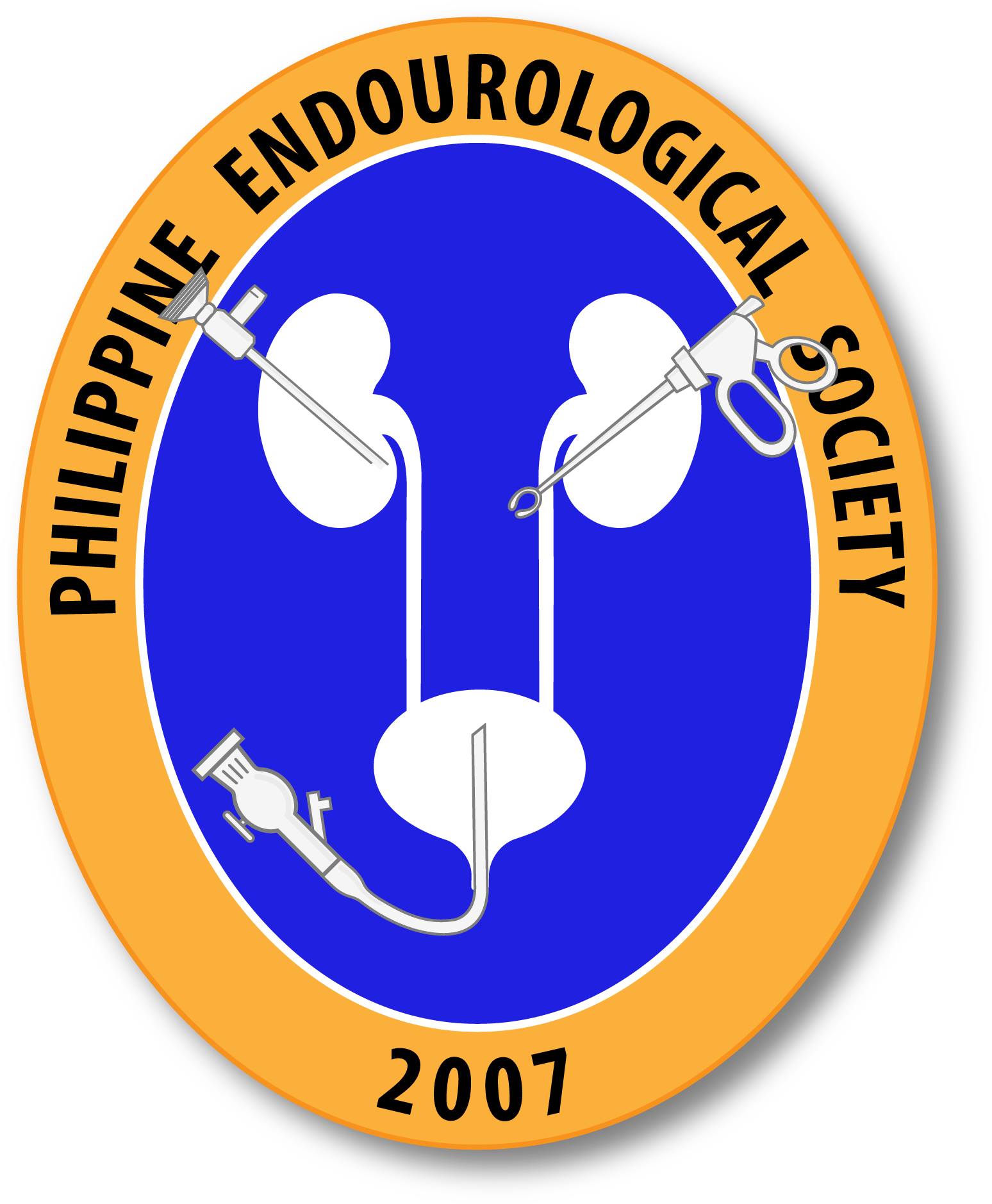{{header-clinical-trials-navigation}}
{{footer-clinical-trials-navigation}}
ENZA-p: A Randomised Phase II Trial Using PSMA as a Therapeutic Agent and Prognostic Indicator in Men With Metastatic Castration-resistant Prostate Cancer Treated With Enzalutamide (ANZUP 1901)
Condition: Metastatic Castration-Resistant Prostate Cancer
Study Type: Interventional
Clinical Trials Identifier NCT 8-digits: NCT04419402
Sponsor: Australian and New Zealand Urogenital and Prostate Cancer Trials Group
Phase: Phase 2
Eligibility:
- Age: minimum 18 Years maximum N/A
- Gender: Male
Inclusion Criteria:
- 1. Males aged 18 or older with metastatic adenocarcinoma of the prostate defined by:
- Documented histopathology of prostate adenocarcinoma (no features of neuroendocrine carcinoma) OR
- Metastatic disease typical of prostate cancer 2. Castration-resistant prostate cancer (defined as disease progressing despite castration by orchiectomy or ongoing luteinising hormone-releasing hormone agonist or antagonist). 3. Progressive disease with rising PSA defined by PCWG3 criteria (sequence of 2 rising values at a minimum of 1-week intervals) AND PSA ≥ 10 ng/mL. 4. At least 2 of the following risk factors for early treatment failure with enzalutamide:
- LDH ≥ ULN
- ALP ≥ ULN
- Albumin <35 g/L
- De novo metastatic disease (M1) at initial diagnosis *
- <3 years since initial diagnosis
- >5 bone metastases *
- Visceral metastases *
- PSA doubling time <84 days
- Pain requiring opiates for >14 days
- Early abiraterone for castration-sensitive prostate cancer * Based on conventional imaging (CT and/or bone scan) 5. Target or non-target lesions according to RECIST 1.1 6. Significant PSMA avidity on 68Ga-PSMA PET/CT, defined as SUVmax >15 at a single site (regardless of lesion size) and SUV max >10 at sites of disease ≥10mm (unless subject to factors explaining a lower uptake, e.g. respiratory motion, reconstruction artefact) 7. ECOG performance status 0-2 8. Adequate renal function:
- Creatinine clearance ≥ 40mL/ min 9. Adequate liver function:
- Bilirubin < 1.5 x upper limit of normal (ULN) (or if bilirubin is between 1.5 - 2x ULN, must have a normal conjugated bilirubin)
- AST or ALT ≤ 2.0 x ULN (or ≤ 5.0 x ULN in the presence of liver metastases) 10. Adequate bone marrow function:
- Platelets ≥ 100 x109/L
- Haemoglobin ≥ 90g/L (no red blood cell transfusion in last 4 weeks)
- Neutrophils > 1.5 x109/L 11. Estimated life expectancy > 12 weeks 12. Study treatment both planned and able to start within 21 days of randomisation 13. Willing and able to comply with all study requirements (including both treatments: enzalutamide and Lu-PSMA), and all required study assessments 14. Signed, written, informed consent
Exclusion Criteria:
- Prostate cancer with known significant sarcomatoid, or spindle cell, or neuroendocrine small cell components, or metastasis of other cancer to the prostate
- 68Ga-PSMA PET/CT SUVmax < 10 at a site of measurable disease > 10mm
- Prior treatment with new androgen signalling targeted agents (e.g. enzalutamide, darolutamide, or apalutamide). Prior therapy with abiraterone is permitted only in the castration -sensitive setting
- Prior treatment with any PSMA-targeted radiotherapy
- Prior chemotherapy for mCRPC. Prior docetaxel in castration-sensitive setting is permitted
- History of another malignancy within 5 years prior to randomisation except for non-melanomatous carcinoma of the skin; or, adequately treated, non-muscle-invasive urothelial carcinoma of the bladder (i.e. Tis, Ta and low grade T1 tumours)
- Concurrent illness, including severe infection that may jeopardise the ability of the participant to undergo the procedures outlined in this protocol with reasonable safety
- Presence of any psychological, familial, sociological or geographical condition potentially hampering compliance with the study protocol and follow-up schedule, including alcohol dependence or drug abuse
- Men in sexual relationships with women of reproductive potential who are not willing/able to use medically acceptable forms of barrier contraception
- History of:
- seizure or any condition that may predispose to seizure (e.g. prior cortical stroke or significant brain trauma)
- loss of consciousness or transient ischemic attack within 12 months of randomization
- significant cardiovascular disease within the last 3 months: including myocardial infarction, unstable angina, congestive heart failure (NYHA grade II or greater, see Appendix 4), ongoing arrhythmias of Grade > 2, thromboembolic events (e.g. deep vein thrombosis, pulmonary embolism). Chronic stable atrial fibrillation on stable anticoagulant therapy is allowed
View trial on ClinicalTrials.gov
{{footer-clinical-trials-navigation}}
